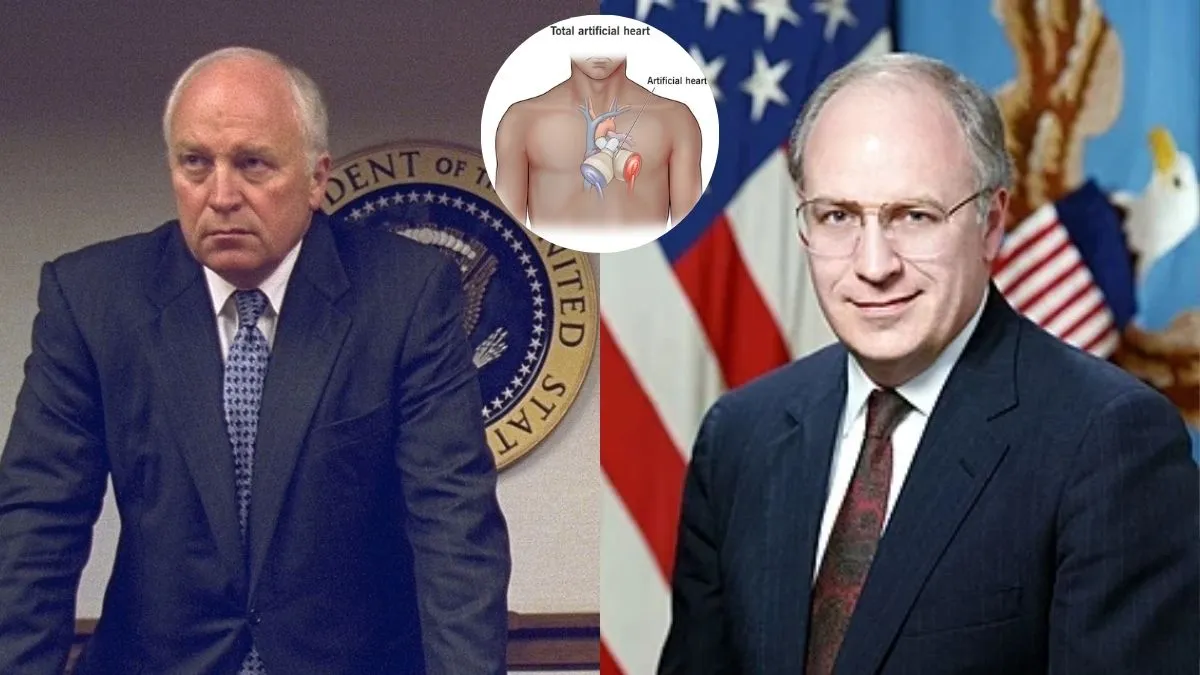
Dick Cheney, the former Vice President of the United States, best known for his pivotal role during the 9/11 attacks, passed away recently at the age of 84. Cheney was a significant figure in American politics, serving from 2001 to 2009 under President George W. Bush during some of the country’s most challenging times.
Table of Content:-
Beyond his political impact, Cheney’s health journey was a remarkable story in itself. He lived many years with severe heart disease and had a mechanical heart device implanted, a testament to advances in cardiac care that extended his life for over a decade.
Dick Cheney's Cause of Death![Dick Cheney death cause Dick Cheney death cause]()
According to the family and official statements, Cheney’s death was due to complications of pneumonia along with cardiac and vascular disease. The family statement confirmed he died “due to complications of pneumonia and cardiac and vascular disease”. Cheney had a long history of heart disease, which made his health fragile and his eventual passing medically complex. These complications arose amid his long-standing struggle with heart disease, which had intensified over the years.
ALSO READ: Can Snoring Increase Your Risk of Heart Attack? Here Is What Expert Says
Cheney’s Heart Condition and Mechanical Heart![]()
Cheney’s battle with heart disease started early. He experienced his first heart attack at 37 and suffered multiple heart attacks over the decades. His condition led to several procedures, including quarterly bypass surgeries, angioplasties, and the implantation of pacemakers and defibrillators.
By 2010, Cheney's heart failure had worsened significantly, requiring the implantation of a left ventricular assist device (LVAD). This device acted as a mechanical heart pump, taking over much of his heart’s function and keeping him alive until he could receive a heart transplant in 2012 at the age of 71. Medical records show his heart attacks were caused by coronary atherosclerosis, which narrows arteries and impairs blood flow, a key factor in his condition.
Living with a transplant involves lifelong monitoring, immunosuppression, and managing risks such as infection or vascular disease. Cheney’s long life post-transplant is a testament to modern cardiac care.
What Does Science Say?
A related study on post-heart-transplant long-term survival found, recipients who survive the first year post-transplant can achieve survival rates of over 80 % at five years, provided they manage underlying conditions and adopt healthy lifestyles. This helps place Cheney’s outcome in context: he received top-tier care, but still faced ongoing risks.
Why This Matters for Heart Health Awareness![]()
Cheney’s experience speaks to broader lessons about cardiac care and prevention:
- Prevention matters: The early onset of heart disease (he was first diagnosed in his 30s) reinforces the need for heart-healthy habits from a young age.
- Medical advances save lives: His transplant and long survival show what modern medicine can achieve for serious heart conditions.
- Chronic disease management is lifelong: Even after transplant, vascular disease and other complications remain threats, as Cheney’s passing shows.
- Public figures can raise awareness: When someone as well-known as Cheney shares their health journey, it draws attention to issues people might otherwise avoid.
Conclusion
In the end, Dick Cheney’s death at 84 serves as both a marker of progress and a reminder of the limits of medicine. He lived far beyond what many with his heart condition might have expected, thanks to early detection, advanced care and medical innovation. Yet the underlying vascular and cardiac disease that dogged him for decades remained active.
Also watch this video
How we keep this article up to date:
We work with experts and keep a close eye on the latest in health and wellness. Whenever there is a new research or helpful information, we update our articles with accurate and useful advice.
Current Version
Nov 05, 2025 11:48 IST
Published By : Vivek Kumar


